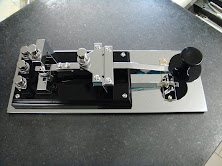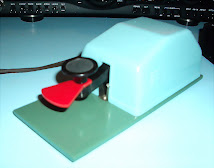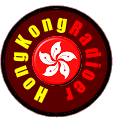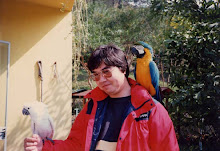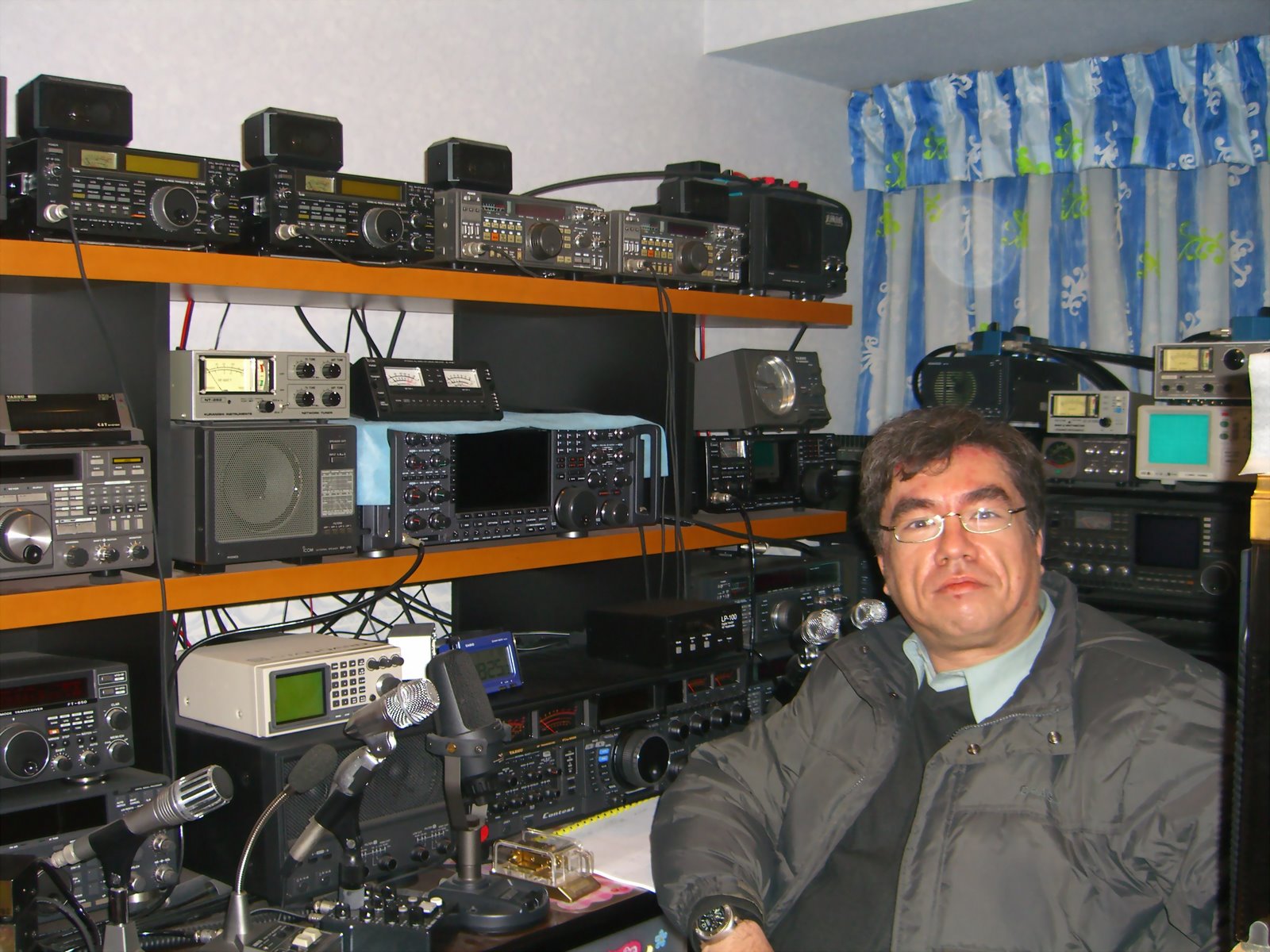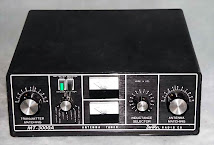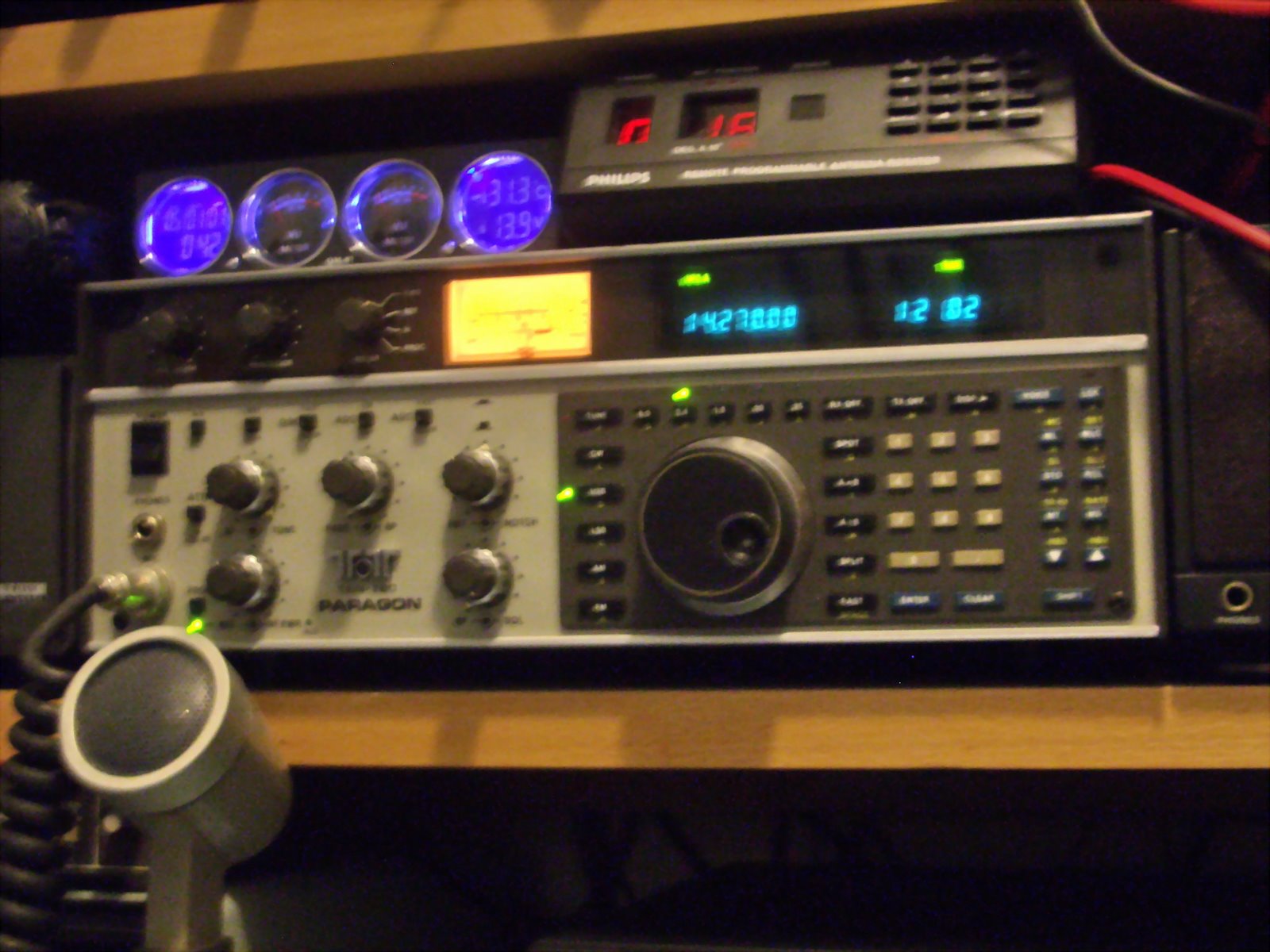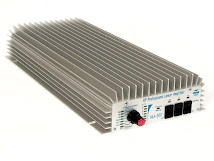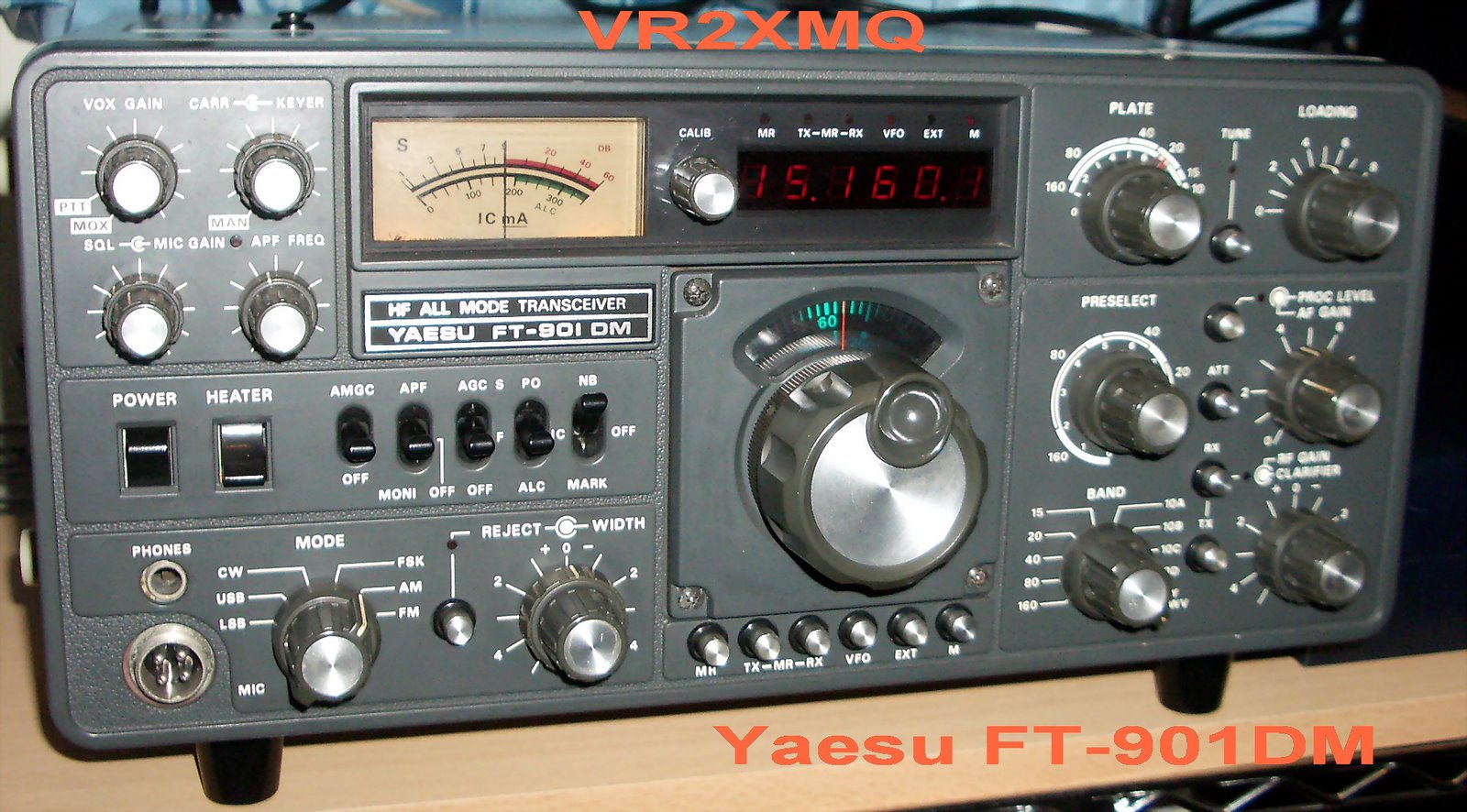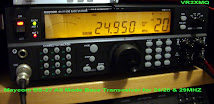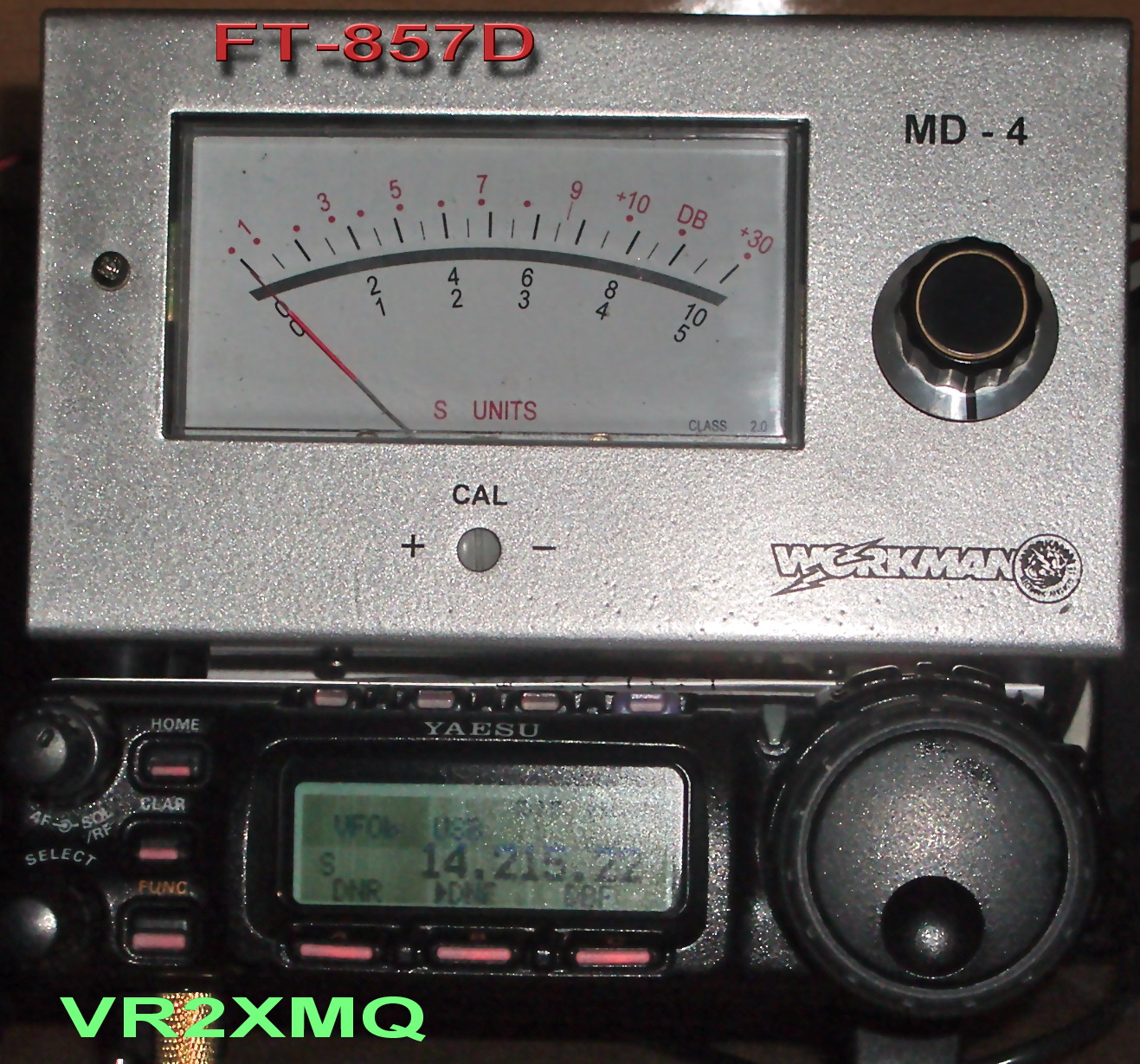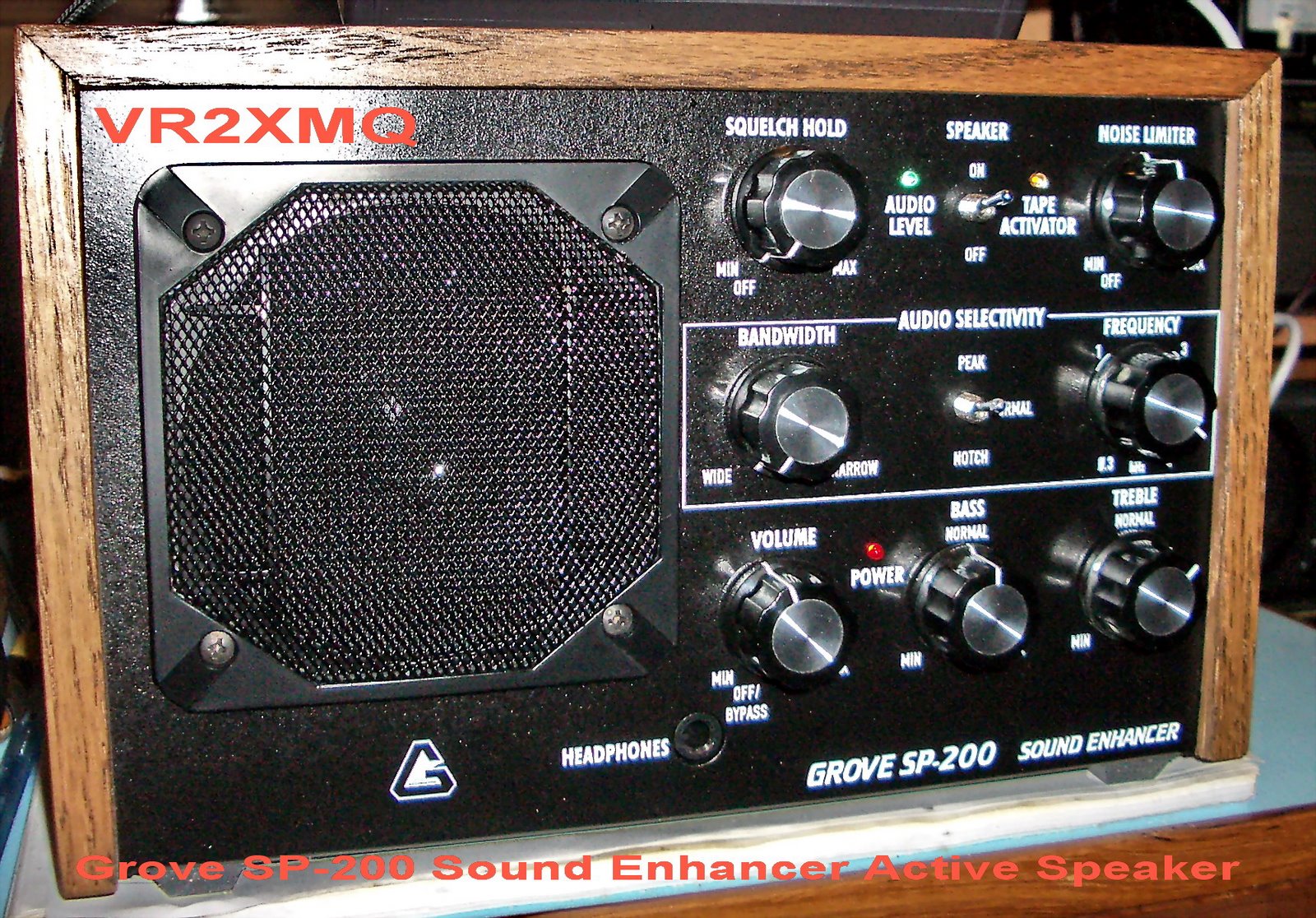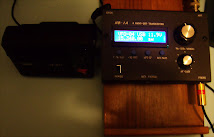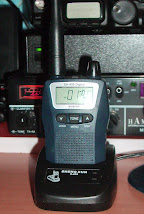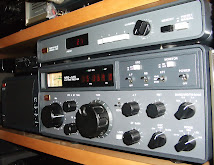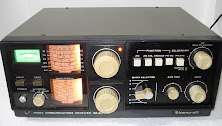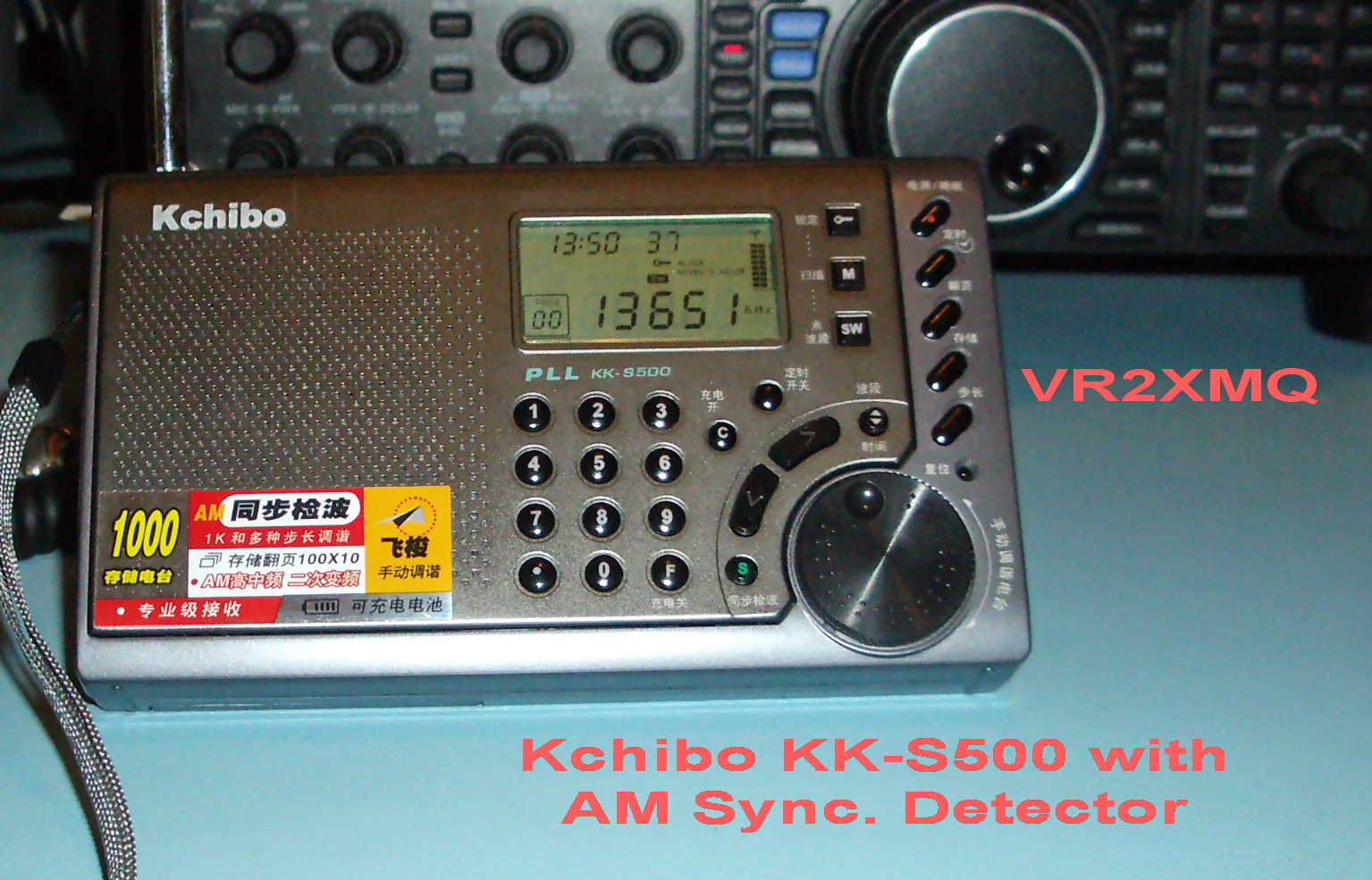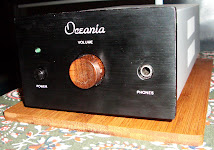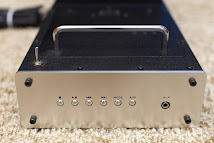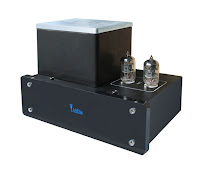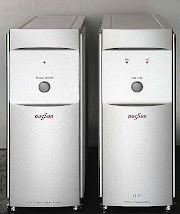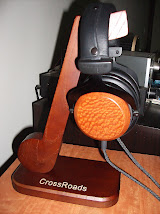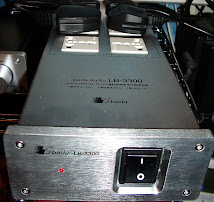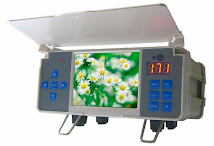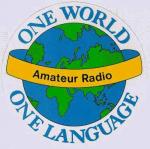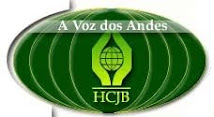
The Kchibo KK-96DL is the highest ranking portable DSP equipped radio in the Kchibo stables currently and represents a new trend in portable world band radios to incorporate DSP as a standard feature.

Heads up Kchibo Designers:
If any of the Kchibo designers by chance read this blog, well heads up. The design of the "radio" is nice, but! A big but, as with the S500, all the functions are printed in Chinese and you need to have English printing if you are to export this product as well as way finding around the radio which can be nightmare at first. Also You left out the "i" in "Radio" and you have printed "Rado" on the receiver, the bag and other locations! You need to get it right.

Can you extend the frequency coverage of your radios up to 30MHz?

Features:
Jog Dial to choose the step tuning pace:
Mw step 9KHz (1KHz/9KHz) / 10KHz (1KHz/10KHz),
SW Stepping 1KHz/5KHz,
FM stepper 50KHz/100KHz.
* The use of U.S. special software radio digital signal processing chips;
* Use of digital filter design, with high-performance imaging and anti-interference capability;
* Dual 16Bit DAC with low distortion audio output;
* Multi-level large-scale use of AGC circuits, radio reception strong signal handling is better;
* Wide-band tuning of the automatic circuit design, high-sensitivity receiver;
* Built-in (40 step) Electronic volume control circuit;
* DSP software, DSP on AM / FM processing, demodulation;
* Built-in high-speed MCU circuit (in the role of AGC AFC IIC PGA VOL CRT ... ...);
* Professional-grade radio, specifically :
Built-in FM frequency coverage choice, AM / FM sensitivity,
1dBu resolution of the antenna signal input intensity signals;
* Lock function to prevent misoperation;
* Can store 900 stations;
* AM / FM frequency directly or fuzzy logic input, AM frequency input accuracy up to 1KHz;
* provision of stereo earbuds, allowing you to listen to radio programs from time to time in stereo on FM bands;
* Kchibo use their own R & D and produced rechargeable lithium-ion battery-powered, 2 nos. are supplied;
* Shutdown timer for sleep, time boot function, with perpetual calendar;
* Display with battery power indication, the local dot-matrix display screen.
1. Frequency range
Frequency Modulation (FM) 87-108 MHz
64-108 Mhz (DIY)
Medium-wave (MW) 522-1710KHz (9KHz step)
520-1710KHz (10KHz step, DIY)
Short-wave (SW) 2.30-21.85 MHz
2. The number of radio frequency memories (total 900)
FM (FM) 300
MW (AM) 300
SW (short wave) 300
3. Noise limited sensitivity
Frequency Modulation (FM) better than 2 uV
AM (MW) better than 2mV / m
Short-wave (SW) better than 20 uV
4. Signal-to-Noise Ratio:
FM signal to noise ratio: > 55dB
MW signal to noise ratio: > 45dB
SW-noise ratio: > 45dB
5. Power:
Power transformer: AC220V DC 5 V
Batteries - rechargeable lithium-ion battery (3.7V/1000mAh)
Li-ion battery Model KL-1000
External power supply 5V 300mA
6. The highest current consumption level is less than 250mA
7. 100mW maximum output power
8. 25dB stereo separation
9. Speaker size Φ57mm / 16Ω/0.25W
10. Output Φ3.5mm 32Ω external headphone
11. Dimensions 145 x 90 x 23mm
12. weight of 200g (without batteries)
Lithium battery voltage: 3.7V Battery capacity: 1000mAh

 Even if you do not have a HF-150 and you are looking for something in the way of a preselector for your HF receiver, the PR-150 is probably a very wise choice.
Even if you do not have a HF-150 and you are looking for something in the way of a preselector for your HF receiver, the PR-150 is probably a very wise choice.
































